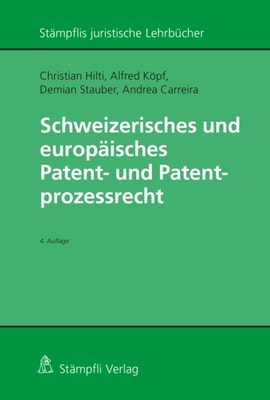["Patent Law"]
The work offers a comprehensive representation of the German patent law with a commentary on patent law, patent royalty law, patented design law, semiconductor protection act, and the employee invention act and of the law regarding the international patent agreement.



